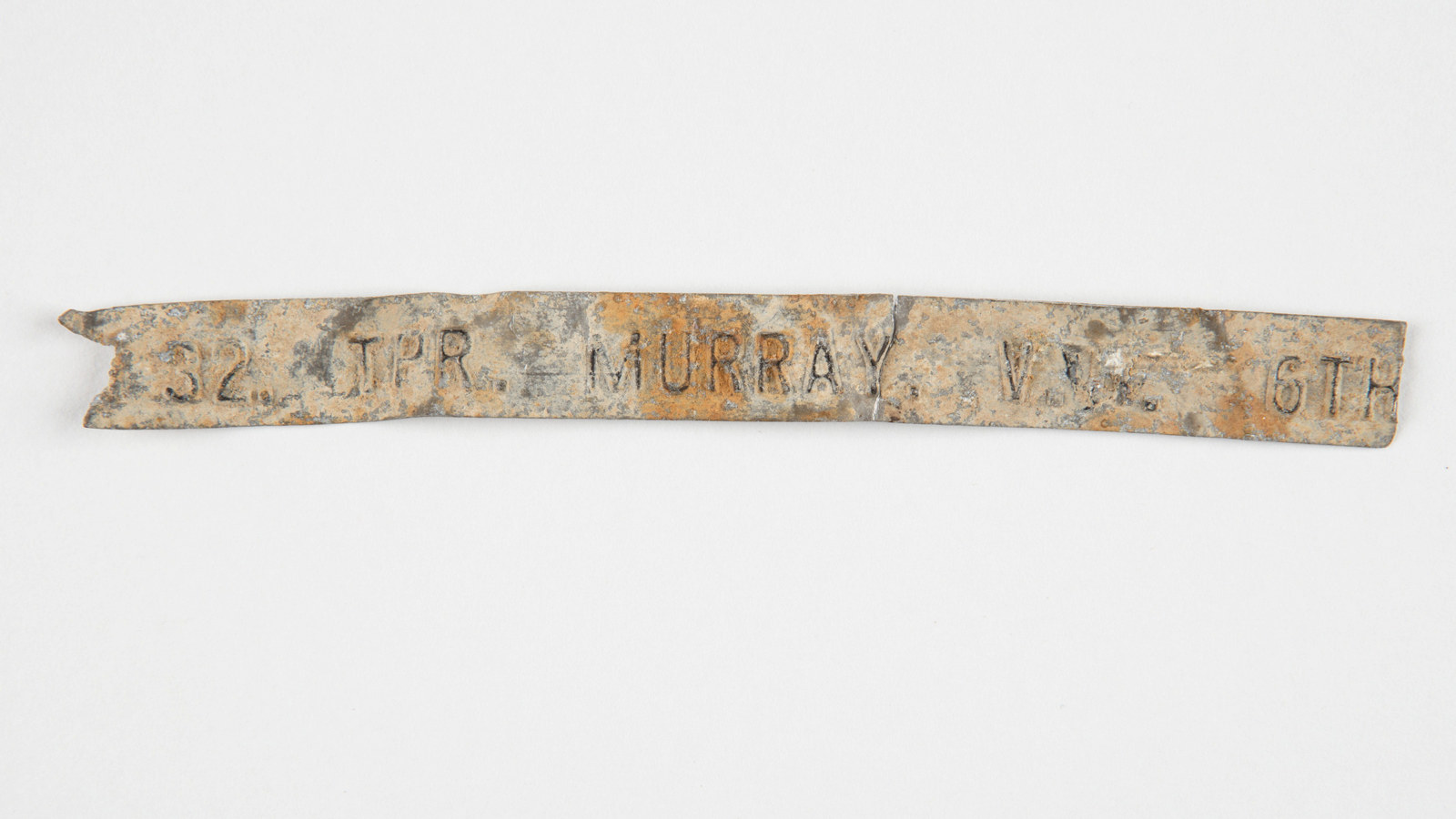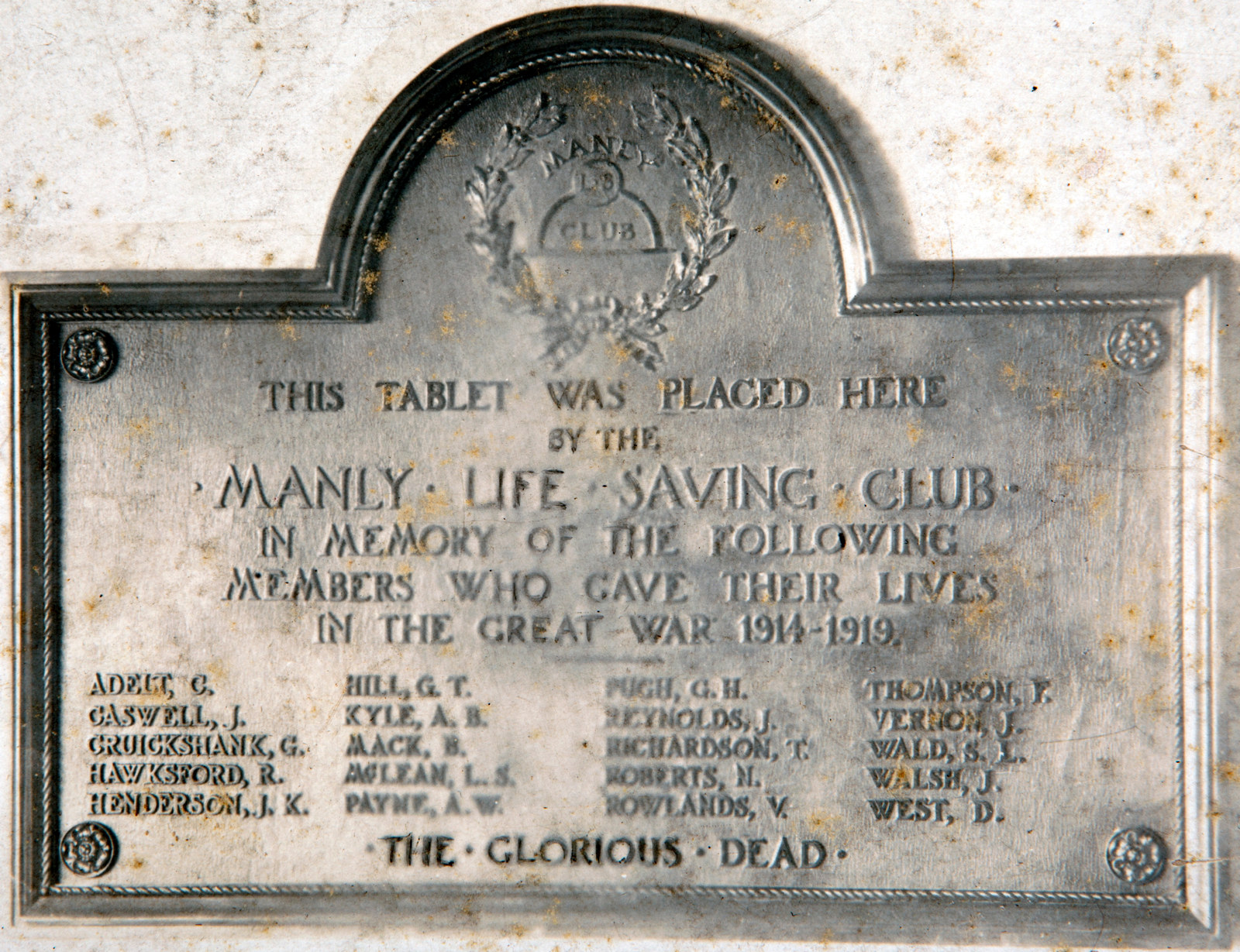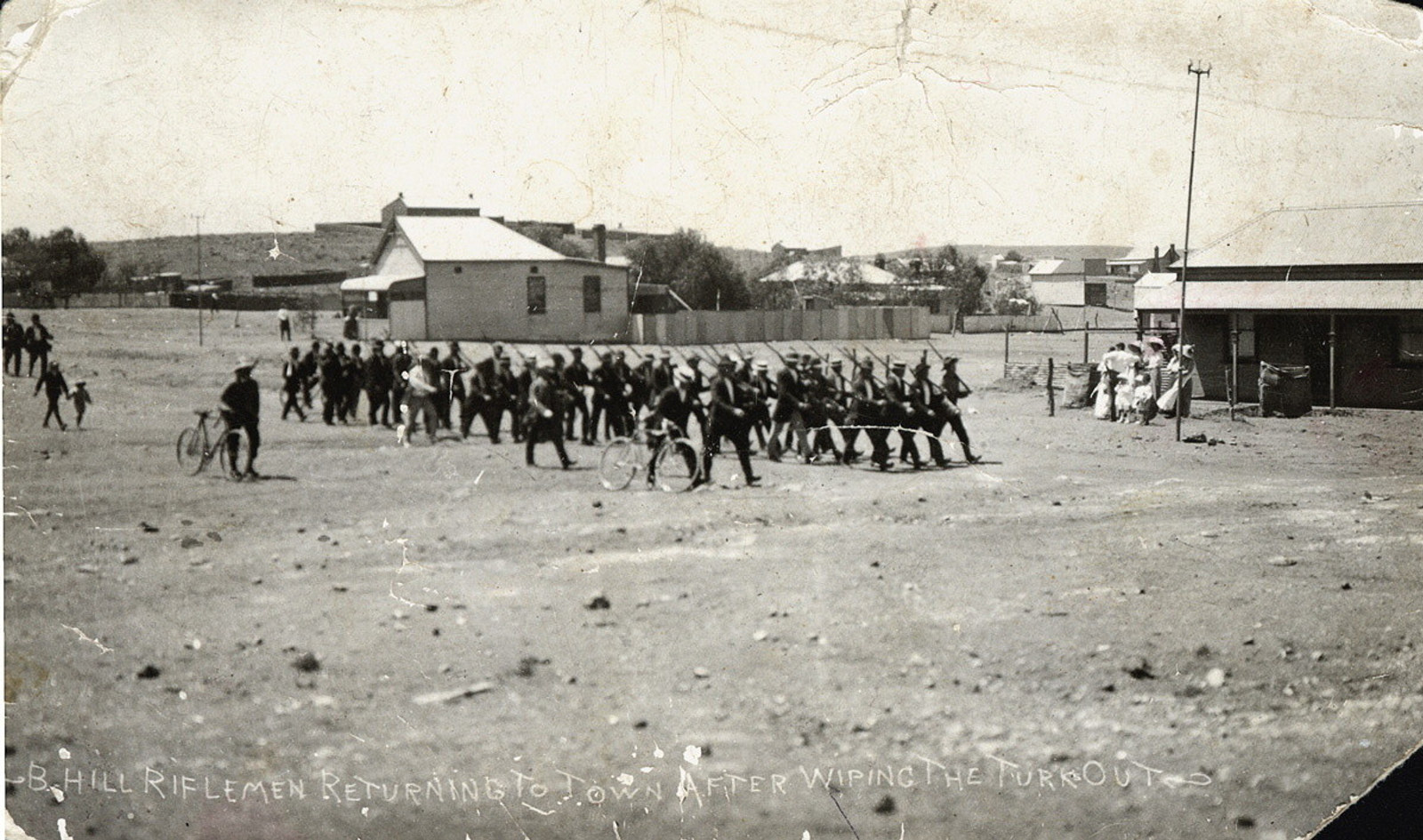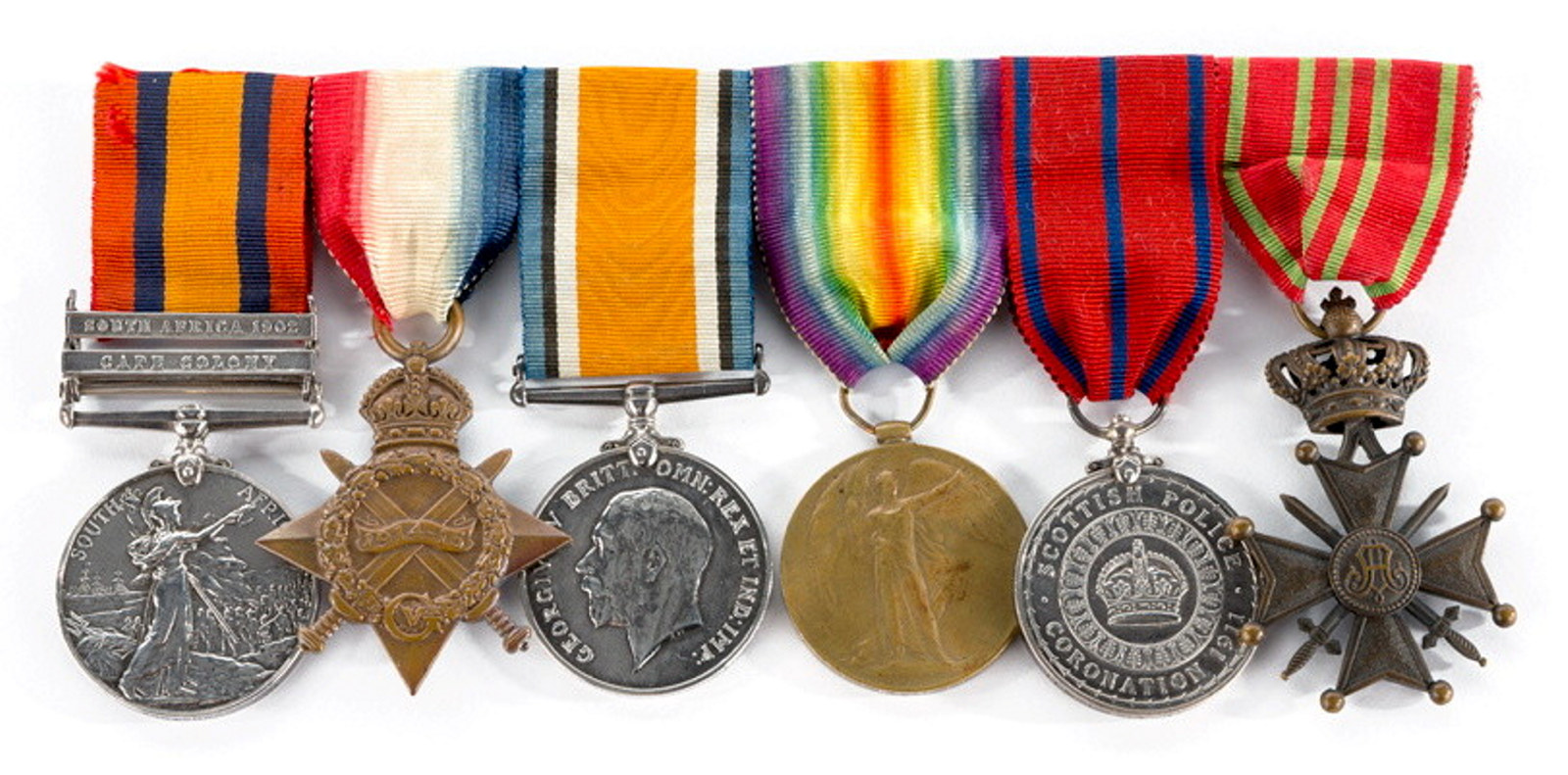Trooper Vernon William Murray
1890–1915
Vernon William Murray died in a scrubby gully at Gallipoli on 22 May 1915. Almost seven years later, the Department of Defence issued his father three copies of a photograph of the wooden cross atop his grave.
The photographs were contained in a simple memorial card marked ‘Australian Imperial Force’ and detailed his unit, the date he was killed and his place of burial.
Murray’s parents had learned of his death shortly after it occurred. Reverend Theodore Gordon Robertson, who was close by when Murray was shot and whose brother had been killed at Gallipoli on 25 April, the day of the landing, wrote to the Murrays two days after their son died. Robertson described the important work Murray was undertaking and did not romanticise his death:
He had been sent down to the beach near Gabe Tepe on Saturday morning with a fatigue party, they were returning to our own gully at about 2.30pm & had to come up a dangerous path where bullets from the enemy trench were thick. One of them struck him through the left temple & came out at the back of his head … I saw him lifted onto the stretcher … his pulse was quite feeble. Your son had been at work near the beach levelling a place for stores – a necessary part of the military operation. It is just as honourable to fall in that way as in the actual firing line.
Murray died as he was being stretchered through rugged terrain towards the beach hospital. He was buried at sunset, in the Hillside Burial Ground (now Beach Cemetery), and Robertson wrote:
It was an impressive service in a beautiful place close to the beach … a good many men of his regiment present & they were deeply affected. … we are marking the grave with a wooden cross. That is all the facilities we [have] at present as the beach is still under fire.
Murray was a probationary constable in the NSW Mounted Police, originally from Wagga Wagga but stationed at Boggabri, before enlisting in the Australian Light Horse in September 1914. His skill as a horseman and familiarity with firearms would have made him an ideal candidate for the Light Horse, who used their horses as rapid transport and, unlike cavalry, typically dismounted to fight. Having arrived at Gallipoli without their mounts, the 6th Light Horse was serving in an infantry role.
In September 1915 Vernon’s pay book was returned to Base Records and a small parcel of personal effects was conveyed to his family courtesy of Thos Cook & Son. The parcel contained a disc, a knife and lanyard, a compass and a letter. The three memorial photograph cards were issued at no cost, standard policy for an Australian soldier’s next of kin. However, Murray’s father requested and received two more copies, at a cost of three shillings each.
From 1919, the Imperial War Graves Commission began replacing all the wooden crosses with permanent headstones. These were not photographed for next of kin. At Gallipoli, because of poor ground and environmental conditions, a stone-faced pedestal marker was used instead of the more common headstones seen throughout Europe.
When the new headstones were installed, Murray’s family requested that the following epitaph be inscribed:
We Think of His Life
A Duty Done
Noble, Unselfish And Brave
The cost of these personal inscriptions was supposed to be borne by the soldier’s family. However, the Australian authorities’ unofficial policy was to carry out the engravings requested but not to pursue anyone who did not pay. This was controversial, because many low-income families were honest and said that they could not afford the cost; unaware of the ‘policy’ of not pursuing payments, they therefore did not personalise their loved one’s headstone.
Published on
More

WW1
Found On The Beach At Anzac Cove 50 Years Ago
In 1968 a young New Zealand couple, Bruce and Jan Rosemergy, on a grand tour of Europe – complete with an Austin Minivan – arrived at Anzac Cove, Gallipoli

WW1
Commemoration
Hear the poignant personal stories behind battlefield grave markers in Egypt, France and Gallipoli, as well as the stories behind workplace honour rolls, one of the most common, but often hidden, forms of war memorial in Australia

WW1
Enemy Within?
These stories explore the threat to Australia from within, from the identification of a section of the population as ‘enemy aliens’ to the formation of the jingoistic Anti-German League, and the radical ideology and activities of the Industrial Workers of the World (IWW)

WW1
War Service
From the shores of Gallipoli to the sprawling Western Front, the stories told here reveal the powerful war experiences of ordinary soldiers. Some were decorated for bravery in the field, while others made the ultimate sacrifice
